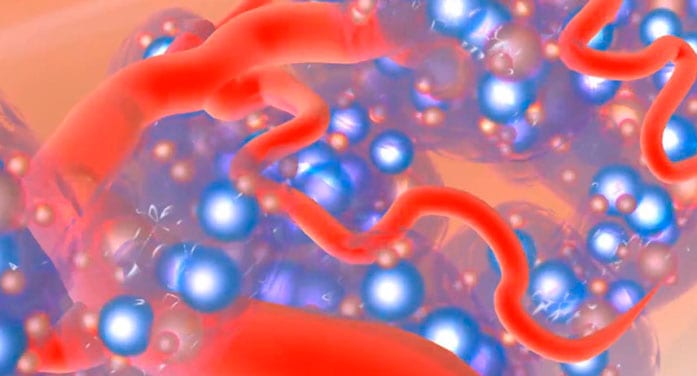University of Alberta researchers are harnessing the power of artificial intelligence to find a safer, more personalized source of islet cells to treat Type 1 diabetes.
The research project, a collaboration between the departments of surgery and computing science, aims to use AI to analyze images to speed up the process and reduce the need for human decision-making in the lab. They will develop these technologies with funding from a Precision Health Seed Fund Award.

Nilanjan Ray
“This is going to be a revolution. I’m excited to be part of it,” said Nilanjan Ray, a professor of computing science and one of the project leaders.
Ray is working with several scientists, including James Shapiro, professor in the Department of Surgery and Canada Research Chair in Transplantation Surgery and Regenerative Medicine. Shapiro is best known for leading the team that developed the Edmonton Protocol, a pioneering procedure first used in the late 1990s to transplant islet cells harvested from donated pancreases into patients with Type 1 diabetes.
While the Edmonton Protocol was a big step forward that frees patients from the need for insulin injections, the donated islet cells require patients to take anti-rejection treatments. These treatments increase the risk of cancer, produce side-effects in the kidneys and may lead to other infections.
“Treating patients with those kinds of cells is not really very satisfactory, not acceptable, in the long run,” said Shapiro. And because the protocol depends on organ donation, there would never be sufficient donated islet cells for all patients.
The stakes are high because diabetes is a devastating disease affecting 450 million people worldwide. “Managing diabetes and its complications is strangling our global health-care systems,” said Shapiro. About $1.3 trillion is spent each year, making it among the most expensive of all diseases to treat.

James Shapiro
In recent years, the Shapiro lab has focused on a new approach that uses cells from a diabetic person’s own body. Cells from the patient’s blood samples are transformed, using a cocktail of growth factors, into special adult stem cells (called inducible pluripotent stem cells or iPSC), which are then reprogrammed into islet cells. These cells would be transplanted back into the patient to produce insulin, freeing patients from insulin injections and finger-prick testing as well as eliminating the long-term complications of diabetes.
Early results in the lab have been promising. “When you transplant those cells, taken from a patient’s blood who has diabetes, into a mouse, you can reliably reverse diabetes in the mouse,” said Shapiro.
However, there is a bottleneck preventing the team from scaling up this important research for pre-clinical trials – and that’s where Ray and his computer vision expertise come in. The iPSC process takes about two months, followed by another month to make the islet cells, and the work of inspecting and analyzing the cells under a microscope during that time is labour-intensive and impractical.
“We’d need an army of people to scale this up to treat thousands or millions of patients,” said Shapiro. “We have to find a way to automate the process in the long run.”
The new precision health seed funding will allow Ray to work with PhD student Abhineet Singh this summer to develop software to replace human technicians with a machine learning process. The software will analyze the microscope images and make “go/no-go decisions” on the viability of the new cells, said Ray. Once a prototype is developed, they will test the software over the next year to generate preliminary results that can be used to apply for bigger grants. Future work will also involve robotics experts.
The collaborators are hopeful they can develop an AI-based system within the next five years, said Ray. Clinical trials could begin within a year or two, and Shapiro is “very confident that this is going to be an effective way to treat diabetes.”
| By Keri Sweetman for Troy Media
This article was submitted by the University of Alberta’s Folio online magazine. Folio is a Troy Media![]() Editorial Content Provider Partner.
Editorial Content Provider Partner.
The views, opinions and positions expressed by columnists and contributors are the authors’ alone. They do not inherently or expressly reflect the views, opinions and/or positions of our publication.


